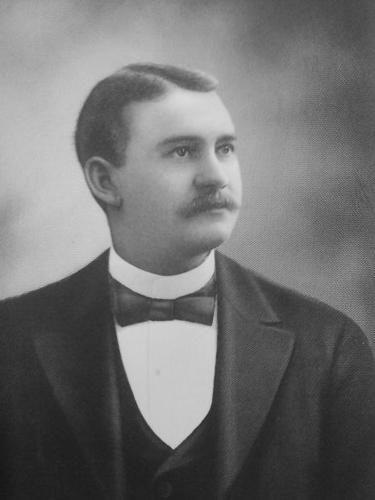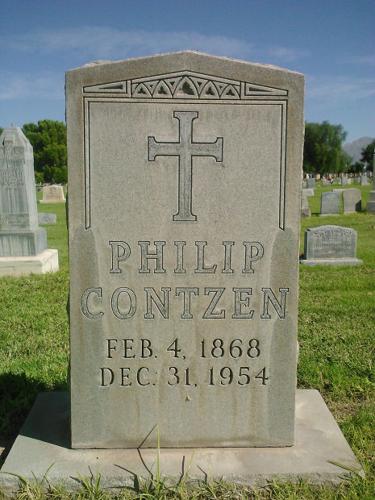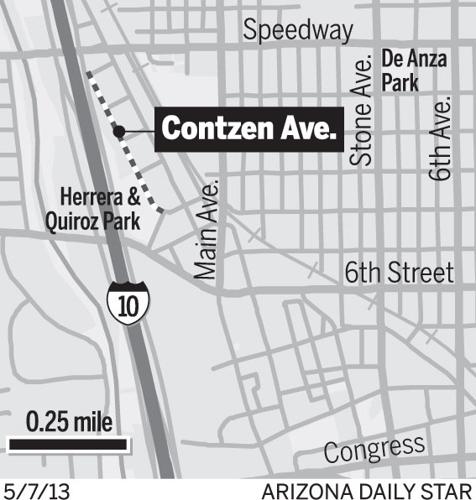Philip Contzen was a Tucson native, but he was educated in his father's home country, Germany.
Contzen was born Feb. 4, 1868 to Fritz and Margarita (Ferrer) Contzen. His father, one of Arizona's earliest Anglo settlers, emigrated here in 1854 or 1855 and died in 1909.
When Philip was 5 years old, he traveled with his parents to Europe, and spent most of his early years abroad, mostly in Germany. Of the many educational institutions he attended, the most important was the Royal Polytechnic College in Berlin.
After completing school Contzen traveled extensively around Europe, becoming fluent in German, Spanish and French.
Upon his return to America in 1889, he lived in San Francisco for two years. In 1891, he returned home to Tucson and worked for the office of the surveyor-general for three years. Later he was commissioned a federal land and mineral surveyor.
During the next 20 years, Contzen surveyed thousands of acres of public land and most of the Spanish land grants in Arizona. He also resurveyed the boundaries of Fort Lowell and Fort Huachuca, as well as part of the international boundary line between Mexico and the U.S. He was of Tucson's most prolific street namers.
He served the public as a three-term city councilman, as city engineer and as Pima County surveyor. He was also a captain in the National Guard.
In 1899, Contzen married Frances Conrow. They had three children: Marie Marguerite, Philip Andrew and Fredrick Joseph Waldeck. The latter likely was named after the Prince of Waldeck, whom his grandparents had met while in Europe.
Contzen had a street named after him - near West St. Mary's Road and Interstate 10 - when Thomas Hughes. Sr., the brother of Arizona Daily Star founder L.C. Hughes, bought land in 1902. Hughes called the neighborhood McKinley Park after President McKinley, who had been assassinated the year earlier. He named many after his friends and family.
This neighborhood later was renamed Barrio Anita.
Editor's note
Each week the Star tells the stories behind Tucson street names. If you have streets to suggest or stories to share, contact writer David Leighton at streetsmarts@azstarnet.com
Sources: Special thanks to Maria Morales of Thomas Reprographics; Richard E. Sloan, "History of Arizona," Record Publishing Co., 1930; James H. McClintock, "Arizona Prehistoric, Aboriginal, Pioneer, Modern: The Nation's Youngest Commonwealth within a Land of Ancient Culture," The S.J. Clarke Publishing Co., 1916; Jane Eppinga, "Saguaro National Park," Arcadia Publishing, 2012; Barrio Anita website: http://barrioanita.arizona.edu/content/passing-through-many-hands.






